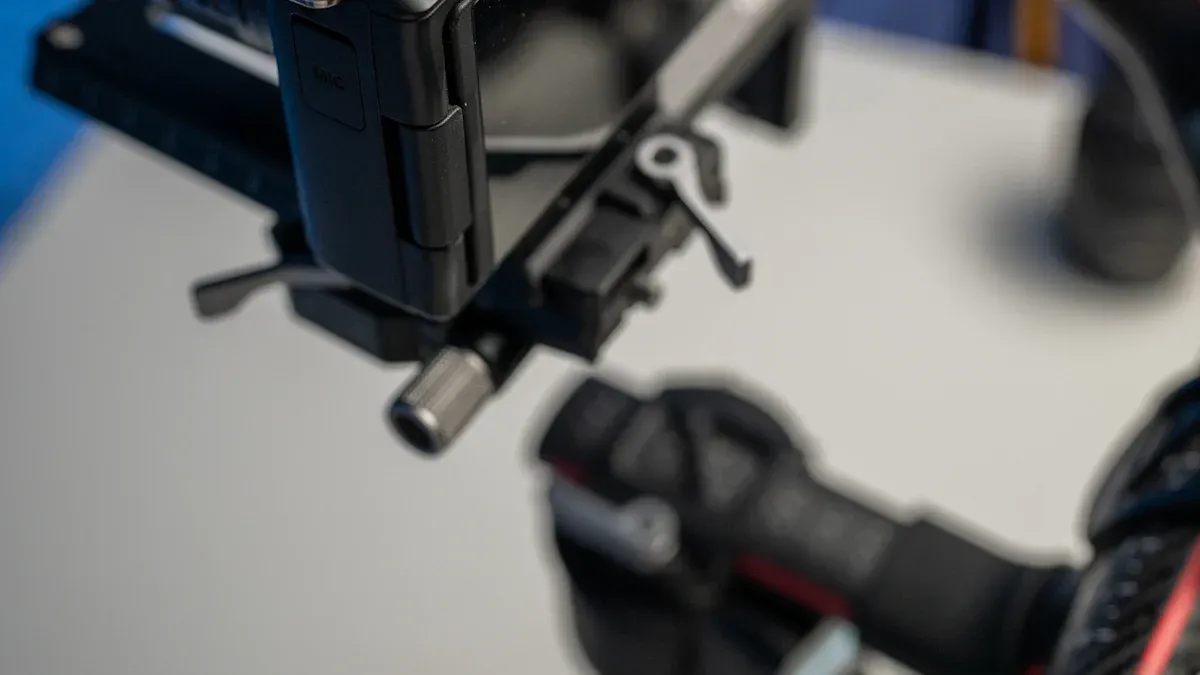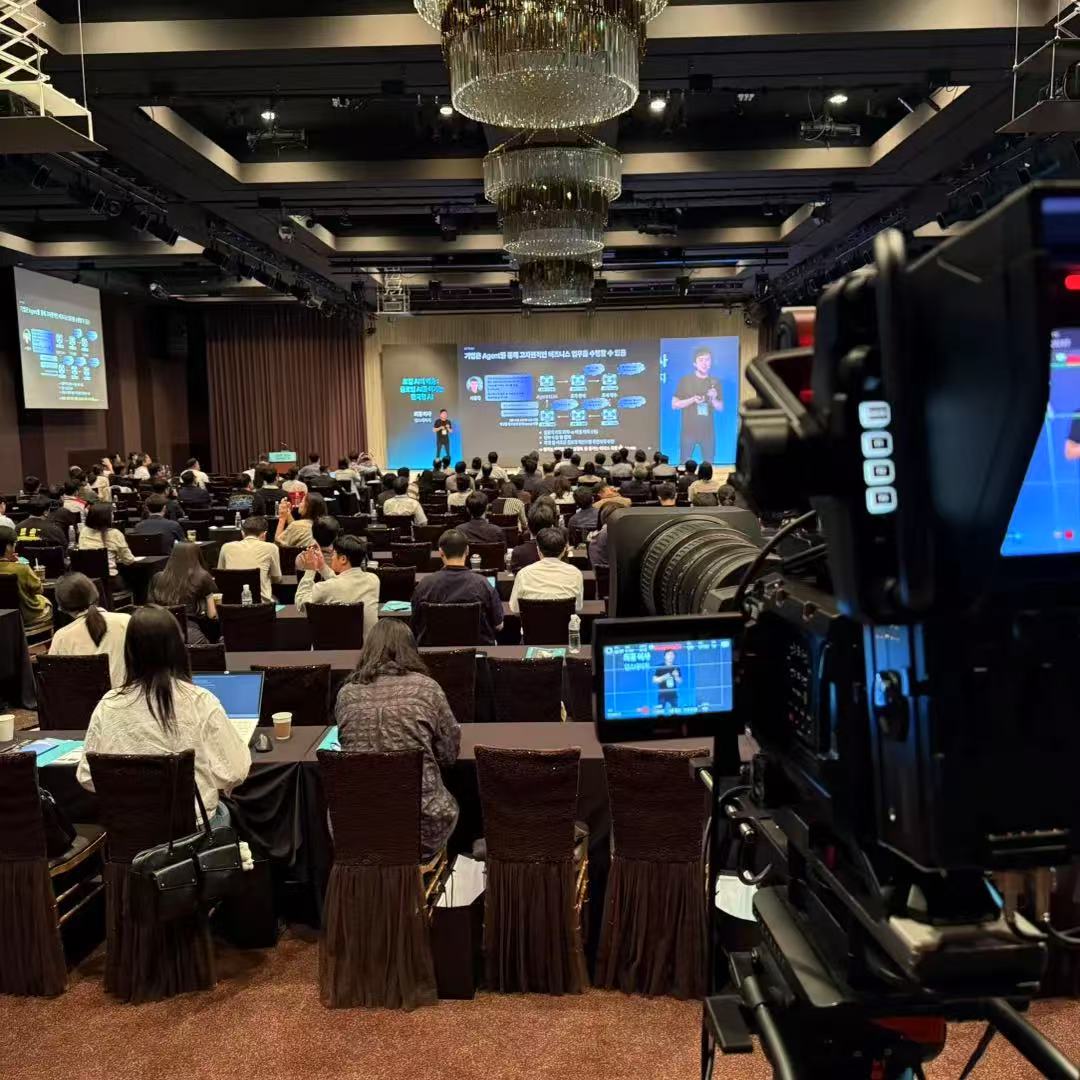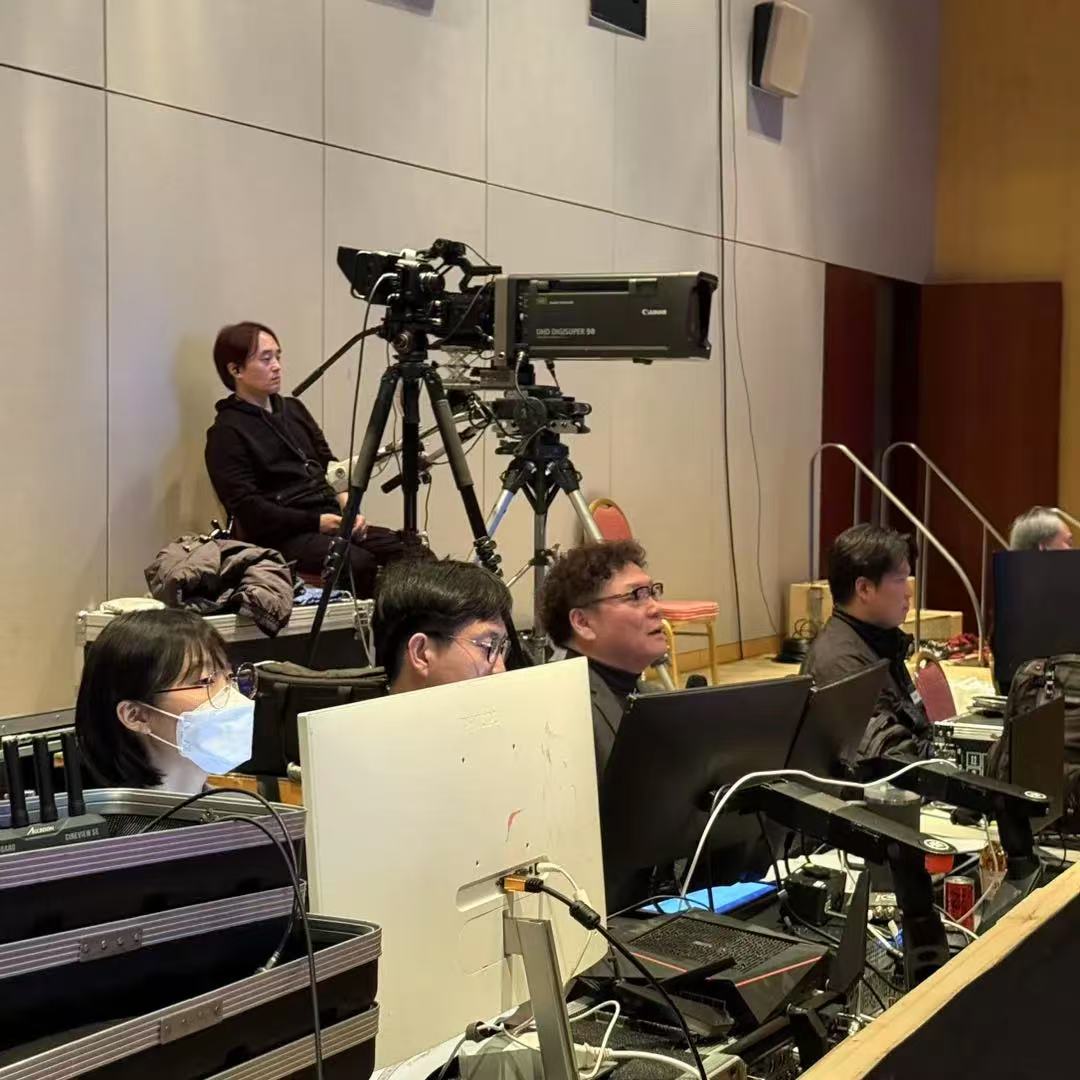When I set up my video camera tripod, I always pay attention to common errors that can impact performance. Problems like not securing the legs, ignoring leveling, or using the wrong surface can compromise even a Carbon Fiber Camcorders Tripod or a broadcast cine tripod. Staying alert helps me avoid costly mistakes.
Key Takeaways
- Always secure all tripod locks and spread the legs wide to keep your camera stable and prevent accidents.
- Use the built-in bubble level to keep your tripod even and avoid shaky or tilted footage.
- Check your tripod’s load capacity before mounting gear to avoid damage and maintain smooth movements.
Common Video Camera Tripod Mistakes and How to Avoid Them

Not Securing the Tripod Properly
When I set up my video camera tripod, I always make sure every latch and lock is secure. If I skip this step, I risk the tripod legs slipping or even the entire setup toppling over. I have seen what happens when someone forgets to tighten the tilt lock—the camera can fall forward, sometimes breaking expensive equipment. A loose camera plate can cause the camera to wiggle or slide, ruining a shot. I always spread the tripod legs wide for stability and avoid placing the tripod in crowded areas where someone might bump into it.
Tip: I always double-check that the camera plate is firmly attached with the right screws and tools. This habit has saved my gear more than once.
Common consequences of not securing the tripod:
- Tripod legs slipping or collapsing
- Camera falling due to loose tilt locks
- Poor connection between camera plate and tripod head
- Narrow base increasing tipping risk
- Increased chance of being knocked over in busy areas
Ignoring Leveling
Leveling is critical for smooth, professional-looking video. If I ignore the built-in bubble level on my video camera tripod, I end up with shaky or tilted footage. Uneven terrain makes this even more important. I always adjust the tripod legs to keep the bubble centered. Raising the center column too high can make the setup unstable, so I avoid that unless absolutely necessary. When I use a tripod like the MagicLine DV-20C, I rely on its bubble level and adjustable legs to get everything just right.
Note: Proper leveling ensures smooth panning and tilting, which is essential for cinematic shots.
Overloading the Tripod
I never overload my video camera tripod. I calculate the total weight of my camera, lens, monitor, and any other accessories before mounting them. If I exceed the tripod’s load capacity, I risk damaging both the tripod and my camera. For example, the MagicLine DV-20C supports up to 25 kg, which is more than enough for most professional setups. I always leave a safety margin below the maximum load to avoid premature wear and instability.
Risks of overloading:
- Increased resistance in fluid head movements
- Premature wear on drag mechanisms
- Counterbalance failure
- Reduced stability and risk of tipping
- Structural damage to the tripod
Using the Wrong Surface
The surface I choose for my tripod matters a lot. Setting up on uneven or unstable ground can cause the tripod to slip or vibrate, especially if the feet are worn out. Hard surfaces like concrete can be problematic because the legs may spread apart, reducing stability. I use a tripod stabilizer or rubber O-rings on hard surfaces to prevent this. When shooting outdoors, I look for flat, stable ground and avoid areas with mud or gravel.
Ideal surfaces:
- Flat, stable ground
- Surfaces where tripod feet can grip securely
Problematic surfaces:
- Concrete or other hard surfaces without stabilizers
- Uneven, loose, or slippery terrain
Poor Leg Adjustment
I have learned that improper leg adjustment can lead to disaster. If I do not lock the legs properly, the tripod can collapse without warning. I always extend the thicker sections of the legs first for better support and make sure all locks are tight. On uneven ground, I adjust each leg individually to keep the tripod level. Ignoring the bubble level or failing to secure the legs can result in uneven shots or even camera damage.
Common errors:
- Not securing leg locks
- Ignoring the bubble level
- Setting up on unstable ground
- Overloading the tripod
Forgetting to Lock the Head
Forgetting to lock the tripod head is a mistake I never want to repeat. If the pan or tilt locks are not engaged, the camera can jerk or bounce during filming. I have seen lenses crash downwards because the head was not properly locked. I always check the main locking knob, friction control, and pan lock before I start recording.
| Mechanism | Description |
|---|---|
| Main locking knob | Secures the camera position during shooting. |
| Friction control knob | Adjusts resistance to movement. |
| Pan locking knob | Locks the panning motion of the base. |
| Secondary safety lock | Prevents accidental release of the camera. |
| Built-in bubble level | Helps maintain stability and accuracy. |
Neglecting Maintenance
Regular maintenance keeps my video camera tripod in top condition. I inspect all locking mechanisms, joints, and rubber feet for wear or damage. I tighten any loose screws and clean the legs and joints to remove dust and sand. After shooting outdoors, I rinse off any dirt before collapsing the legs. I store the tripod in a cool, dry place to prevent rust and corrosion.
Tip: I use a small amount of silicone lubricant on moving parts to keep everything operating smoothly.
Rushing Setup and Breakdown
Rushing through setup or breakdown can lead to costly mistakes. I have seen tripods fall over because someone forgot to lock a leg or secure the quick release plate. I use a mental checklist to make sure every lock is engaged and the weight is evenly distributed. Taking an extra 30 seconds to check everything can save my gear and my footage.
Steps I follow for safe setup:
- Inspect the tripod for damage before use.
- Choose a stable, level surface.
- Extend and lock each leg evenly.
- Secure the camera plate and head.
- Double-check all locks before filming.
Scenario:
During a recent outdoor shoot in Shenzhen, I set up my MagicLine DV-20C on uneven ground. I took the time to level the tripod, lock every leg, and secure the head. Despite gusty winds, my video camera tripod stayed stable, and I captured smooth, professional footage. This experience reminded me that careful setup and attention to detail always pay off.
Tips for Safe and Professional Video Camera Tripod Use
Securing Your Tripod for Stability
When I set up my video camera tripod, I always follow a checklist to maximize stability:
- I use a fluid head tripod for smooth movements and vibration control.
- On slopes, I position two legs forward and adjust each leg for balance.
- I fully spread the tripod legs to create a wide, stable base.
- I tighten all joints and locks before mounting my camera.
- I center the camera’s weight over the tripod head.
- I avoid hanging heavy accessories from the tripod to prevent imbalance.
- I move the camera slowly to keep shots steady.
Leveling for Smooth Shots
I rely on the built-in bubble level to keep my video camera tripod perfectly aligned. I extend the legs fully and adjust each one to match the ground. On uneven surfaces, I make small changes until the bubble sits in the center. This method helps me achieve smooth pans and tilts, especially when I use the MagicLine DV-20C during outdoor shoots in Ningbo’s parks.
Managing Weight and Load Capacity
Before every shoot, I add up the weight of my camera, lens, monitor, and accessories. I choose a tripod with a load capacity at least 20% higher than my total gear weight. I check both the head and legs, since the lower rating limits stability. For heavy setups, I use a tripod with an adjustable counterbalance system to keep everything steady.
Choosing the Best Surface
I always look for firm, level ground for my video camera tripod. Indoors, I use rubber feet for grip. Outdoors, I switch to spikes for soft or uneven terrain. In windy conditions, I hang a sandbag from the center column hook to reduce vibrations. This approach kept my tripod steady during a windy shoot on the Shenzhen waterfront.
Adjusting and Locking Tripod Legs
I start by spreading the legs fully. I extend the thicker leg sections first for better support. I lock each section tightly and check for wobbling by gently shaking the tripod. If I notice any movement, I readjust the legs and locks. I avoid raising the center column unless I need extra height.
Locking the Tripod Head Correctly
I use the dedicated locking knobs on my tripod head to secure the camera. For pan-and-tilt heads, I lock each axis separately. This method prevents accidental movement and keeps my shots precise, even when I adjust the camera angle quickly.
Cleaning and Storing Your Tripod
After each shoot, I wipe down the tripod to remove dust and moisture. I inspect all parts for wear or damage. I store the tripod in a dry place to prevent rust. Regular cleaning and careful storage help my equipment last longer.
Careful Setup and Breakdown
I inspect the tripod before use, checking all locks and joints. I set up on stable ground and extend the legs evenly. After shooting, I clean the tripod and store it safely. This routine has protected my gear during busy studio sessions and outdoor events.
I always remember these essentials for using a video camera tripod:
- Select the right tripod and set it up on stable ground.
- Level the head and secure all locks.
- Maintain and store equipment properly.
These habits protect my gear and ensure smooth, professional footage every time.
FAQ
How do I know if my tripod can support my camera setup?
I check the tripod’s load capacity. I add up the weight of my camera and accessories. I always choose a tripod with a higher capacity than my total gear.
What should I do if my tripod legs feel loose?
I inspect each leg lock. I tighten any loose screws or clamps. I replace worn parts if needed. Regular maintenance keeps my tripod stable and safe.
Can I use my tripod outdoors in extreme weather?
I use a tripod made from durable materials like carbon fiber. I check the temperature range. I clean and dry my tripod after outdoor shoots to prevent damage.
Post time: Jul-25-2025






